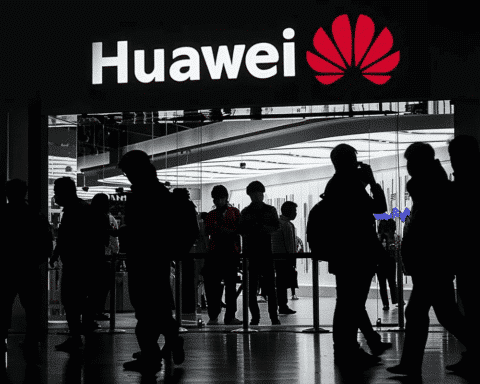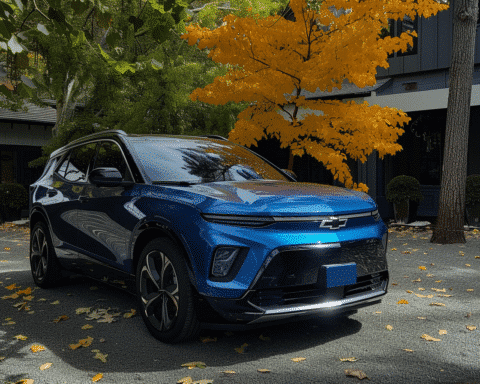In a world increasingly reliant on online shopping, the pressure on last-mile delivery systems has surged, driven by the explosive growth of e-commerce since the Covid pandemic.
The year 2020 saw over 100 billion packages shipped globally, a number that could double by 2030, according to McKinsey. As the last leg of the delivery journey becomes more congested and environmentally taxing, technology is stepping in to reshape the way we receive our online orders.
Here are five cutting-edge technologies that are transforming the delivery landscape.
1. Delivery Robots
Service robots have become a staple, with Uber Eats and Domino’s Pizza among those utilizing them. The pandemic has bolstered the demand for these robots, resulting in a 37% increase in worldwide sales in 2021, as reported by the International Federation of Robotics.
In the UK city of Leeds, box-sized robots navigate sidewalks to deliver groceries, thanks to Starship Technologies’ partnership with retail chain Co-op. In Hong Kong, Rice Robotics has developed versatile delivery robots applicable across various industries, including healthcare and hospitality.
2. Electric Delivery Vehicles
Last-mile delivery traffic is projected to increase emissions by 32% by 2030, leading companies to seek sustainable solutions. Amazon’s Climate Pledge aims for net-zero carbon emissions by 2040, investing heavily in electric vehicles.
The company plans to have 10,000 electric delivery vans in Europe and 100,000 in the US by 2030, in collaboration with electric vehicle manufacturer Rivian. Notably, Altigreen in India is electrifying three-wheeled rickshaws, while Vok in Estonia offers eco-friendly four-wheeled electric cargo bikes.
3. Smart Parcel Lockers
Smart parcel lockers are gaining traction as an eco-friendly alternative to doorstep deliveries. Companies like Belgian startup Bringme are reducing carbon emissions by curbing repeat deliveries.
These lockers also provide secure storage and flexibility, catering to the needs of online shoppers who can’t immediately receive their packages. Innovative variations, such as alfred24’s lockers with adjustable temperatures for groceries or hot food, further enhance the convenience and utility of this concept.
4. Autonomous Vehicles
Self-driving vehicles are emerging as potential game-changers for home deliveries. Uber Eats’ collaboration with Nuro has brought driverless delivery pods to trial in California and Texas. Nuro’s third-generation vehicle can accommodate nearly 500 pounds of groceries and is powered by 100% renewable electricity from Texan wind farms.
5. Delivery Drones
While Amazon Prime Air has faced regulatory hurdles, drone delivery services are soaring. Over 2,000 commercial drone deliveries occur daily worldwide, according to McKinsey. Startups like Zipline in Rwanda and Manna Aero in Ireland are using drones to deliver healthcare supplies and various goods, respectively. A study from Carnegie Mellon University highlights the energy efficiency of small quadcopter drones, emitting up to 94% less CO2 compared to other methods.
As e-commerce continues to redefine the way we shop, these innovative technologies promise to reshape the final stretch of the delivery journey, making it not only more efficient but also more sustainable. From nimble delivery robots to emission-free electric vehicles and sky-bound drones, the future of package delivery is being transformed before our eyes. With these advancements, the days of conventional delivery methods may well become a thing of the past.




